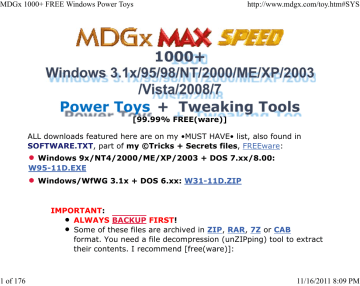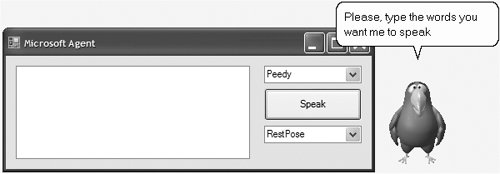
(It was suddenly fixed when I turned off my antivirus, but then when I turned the antivirus back on it stayed fixed. FileName, "File length: " & FileLen(.Edit: So, just in case someone else has this problem, which I'm sure someone will (this is not a joke post) I did a couple of things. ' Simulate an application saving a new file, and updating the MRU list FileName, "File length: " & FileLen(.FileName) ' Otherwise, move the file from its current position to the top of the list. ' Add the new file to the top of the list if it does not already exist.

' Simulate an application opening a file, and updating the MRU list ' Move the selected menu item to the top of the list MsgBox "Caption: " & strFile & vbCrLf & "Tag: " & strTag StrFile = mid$(mnuFileMRU(Index).Caption, 5) ' display the value stored in the caption and tag of the menu item Private Sub mnuFileMRU_Click(Index As Integer)
Vb5 ms agent update#
' Get the most recently saved list of files and update the menus ' Assign the actual form's menu items to the corresponding properties of the CMRU object

Try opening and saving files with the File Open and File Save menu, ' and watching what happens to the Most Recently Used items on the File Menu.
Vb5 ms agent code#
Paste all the code from this example to the new form's module ' 8. Add a FileOpen common file dialog control to the form, and name it "CommonDialog1" ' 7. The complete menu structure should look something like this in the VBA/VB6 Tools, Menu Editor Dialog: ' ' Caption Menu Control Name ' - ' &File mnuFile '. ' The caption for the first mnuFileMRU item should be set to "-", which indicates that it is the divider item. Following mnuFileSave add a menu control array called 'mnuFileMRU' with 5 items, indexes 0 through 4. Underneath this menu, create menu items called 'mnuFileOpen' and 'mnuFileSave' ' 4. Create the menu structure consisting of a top-level menu called 'mnuFile'. ' Example of the CMRU class ' ' To try this example, do the following: ' 1. Set a key value in the registry, creating it if it doesn't already exist. Get a string value from the system registry. Necessary to call this method after SetMRUList, since the SetMRUList method automatically retrieves the latest information.Īdd the specified item to the top of the MRU list or clear the MRU list. To update your form's menus with the latest values stored in the MRU portion of the registry maintained by the SetMRUList method.
Vb5 ms agent windows#
Retrieve the current MRU entries from the Windows registry, and update the captions for the form's MRU Menu Items.

Set initial values to defaults which may be overridden with property settings. Get the current Tag Prefix used for the MRU tag entries in the registry (defaults to "MRUTAG"). The MRU settings are stored in the root of the key indicated by the RegistryPath property. Get the current SubKey of the registry location used for the MRU entries in the registry. The "HKEY_LOCAL_MACHINE" hive of the registry). Get the RootKey of the registry location used for the MRU entries in the registry (defaults to mrrkHKeyLocalMachine, or

Vb5 ms agent plus#
Get the current registry path string used for the MRU entries (defaults to SOFTWARE\ plus the value of App.Title). Get the prefix string currently used for the MRU entries in the registry (defaults to MRU). The value 0 is used for the "separator" menu item. All entries from 0 to the value of MaxMenuItems must be assigned a particular menu on yourįorm. Get the number of visible menu items, not counting the separator. Declarations and private variables for the CMRU class.


 0 kommentar(er)
0 kommentar(er)
